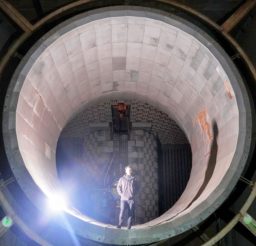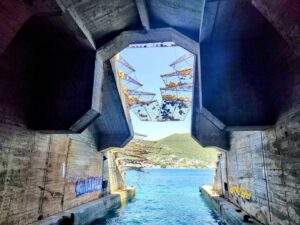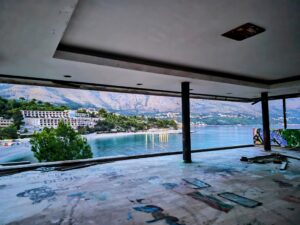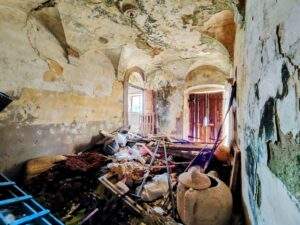Abandoned Serbia: 1950s Air Defence Bunker | Urbex
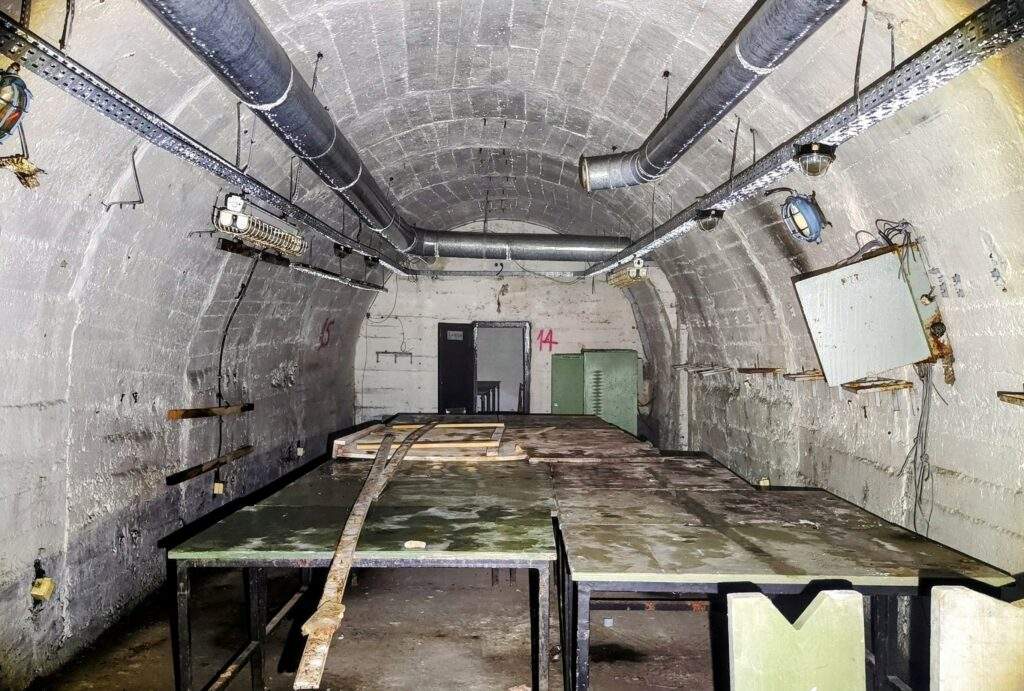
After scurrying through some woodland, using branches to steady ourselves across the uneven terrain, we sighted what we were looking for- concrete. Not a great distance from the noisy capital city, Belgrade, and even closer to the streets of the suburbs, we were just about to head deep underground.
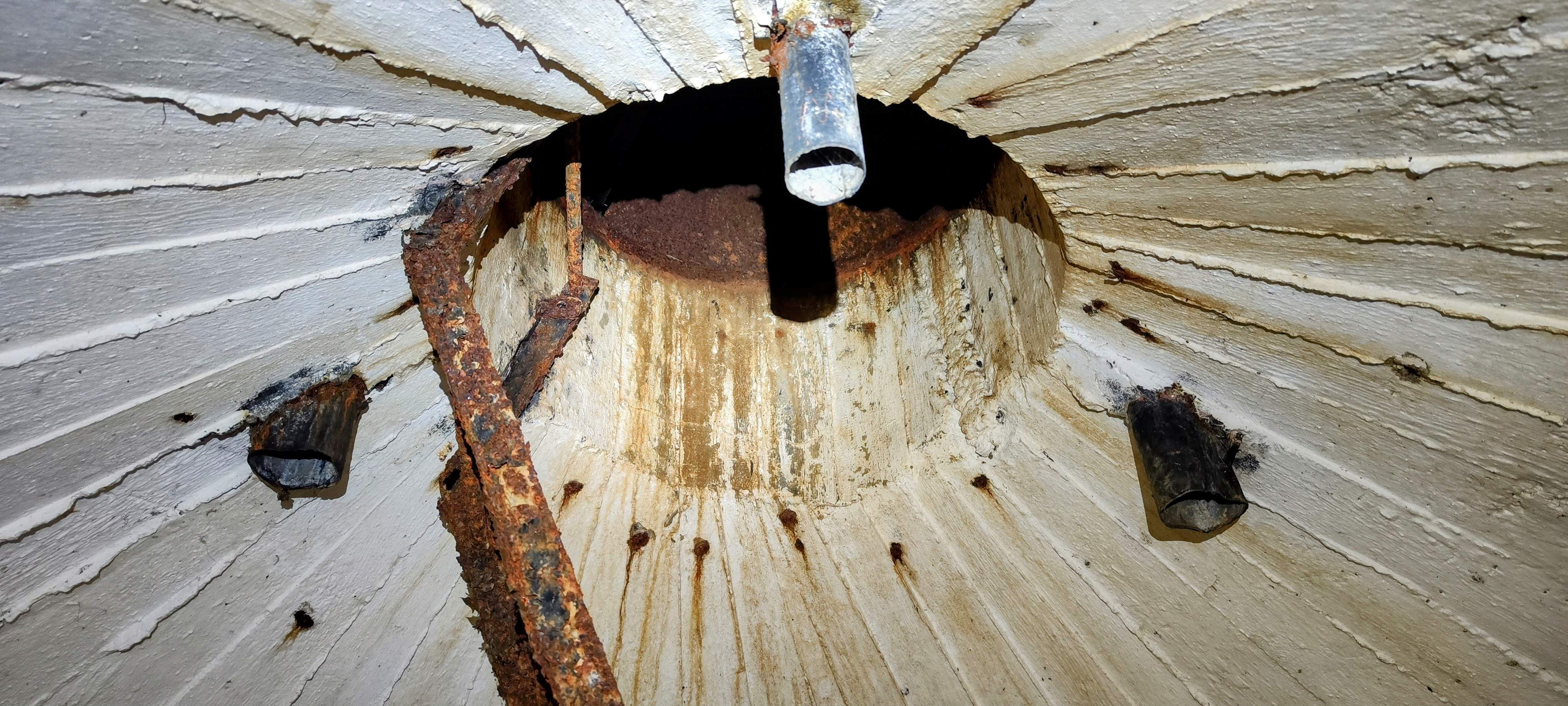
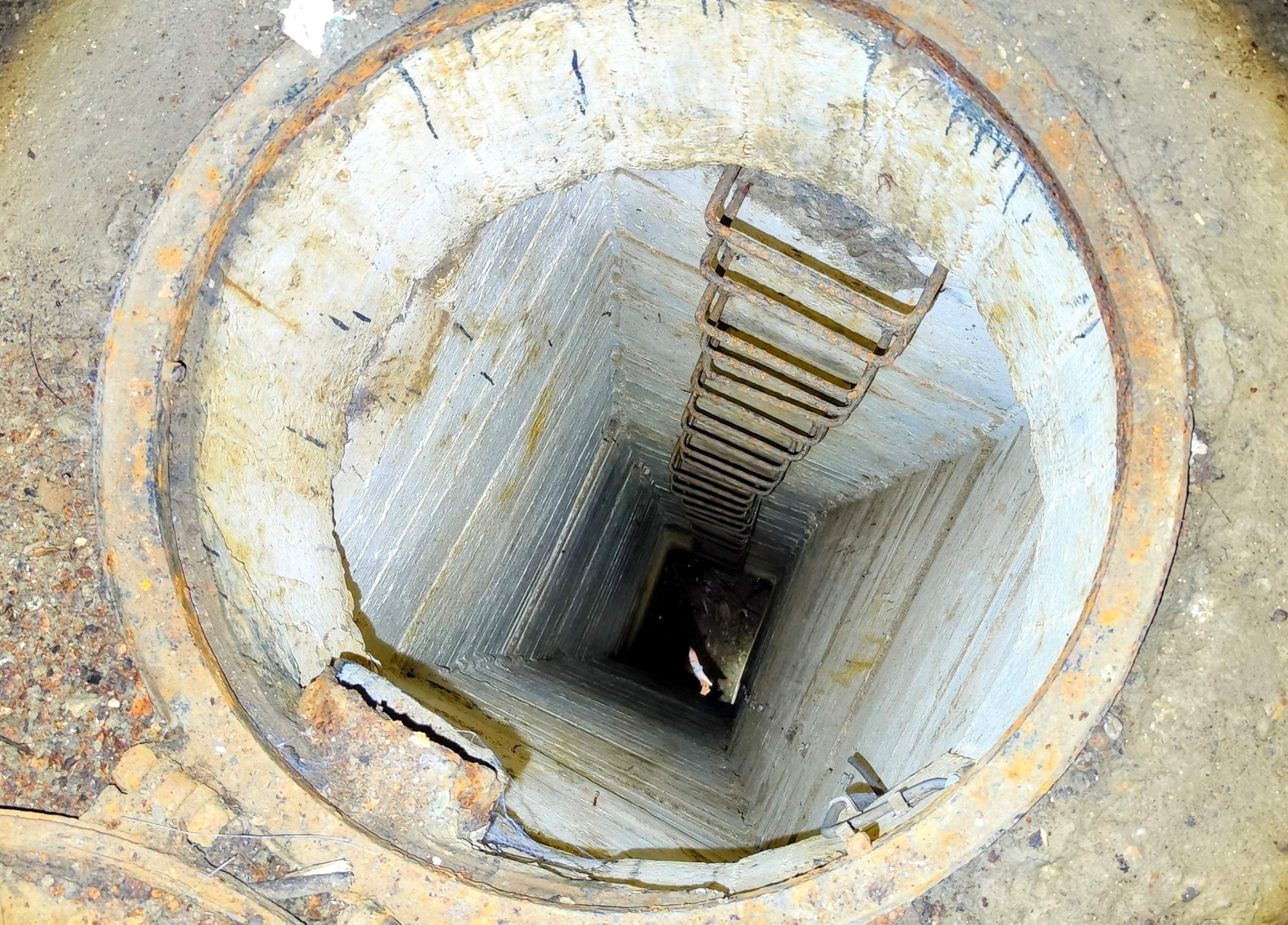
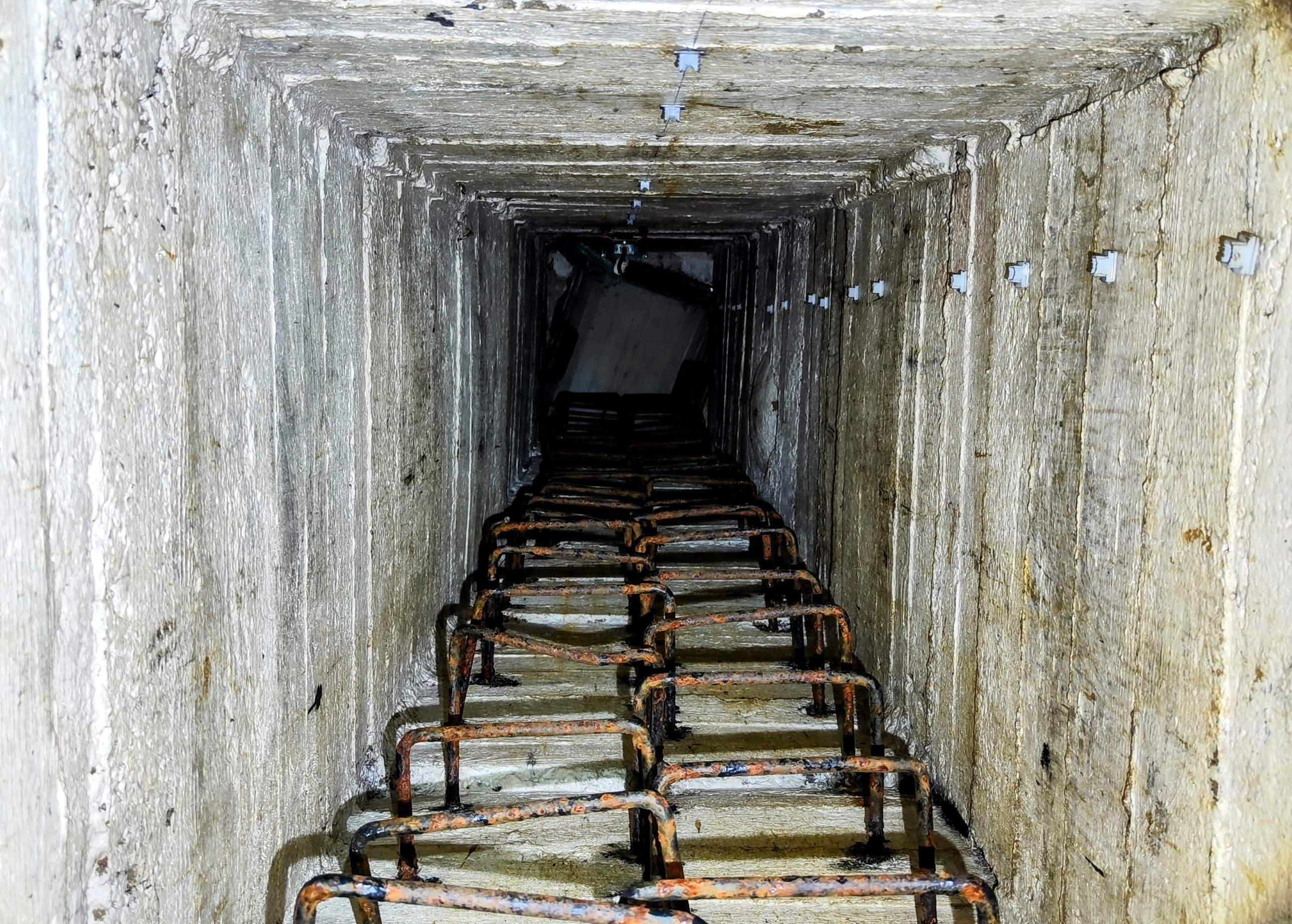
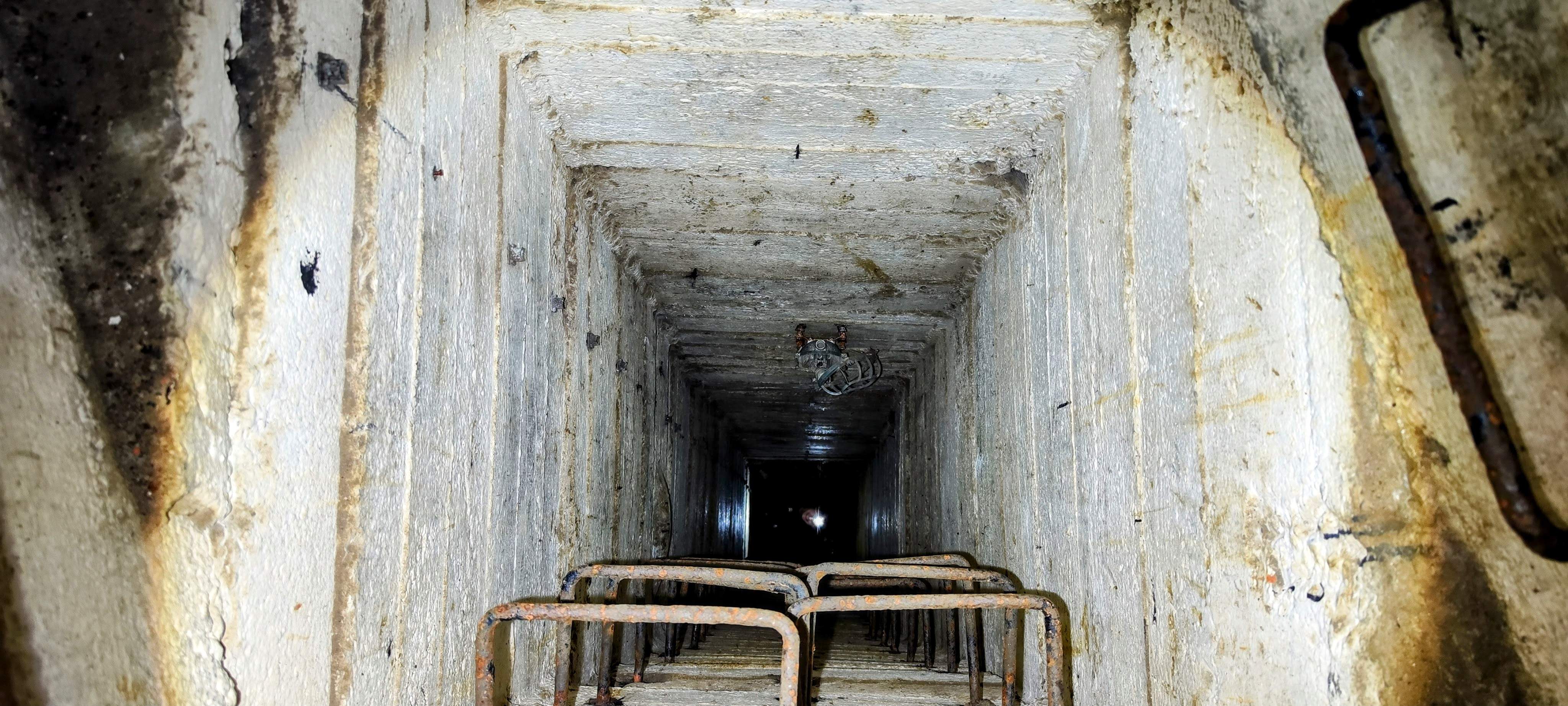
A body-sized hole in the ground with rusted metal ladder rungs emerged in the undergrowth- our way in. Even with our head torches set to full beam, we couldn’t make our the bottom of the first ladder from the opening. One-by-one we climbed down, gripping onto the iron bars, hearts skipping a beat as the occasional one shifted under the weight.
After overcoming the first ladder, we were met with… another ladder. So we did it all again, descending deeper into the hillside; below civilization, which continued, unaware what was hidden 20 metres below its feet.
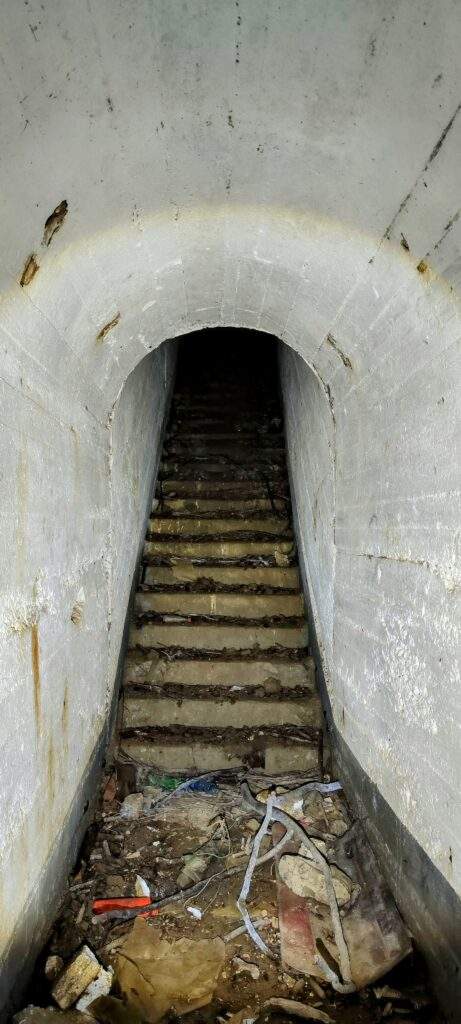
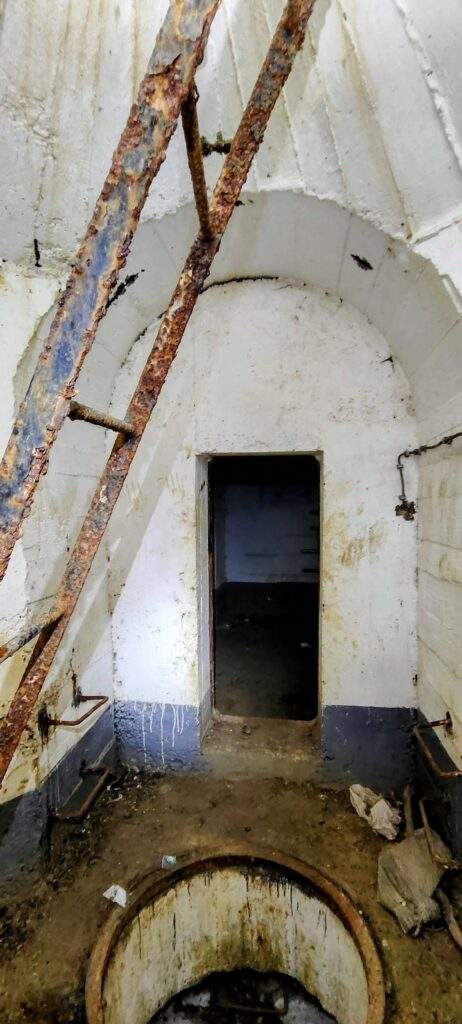
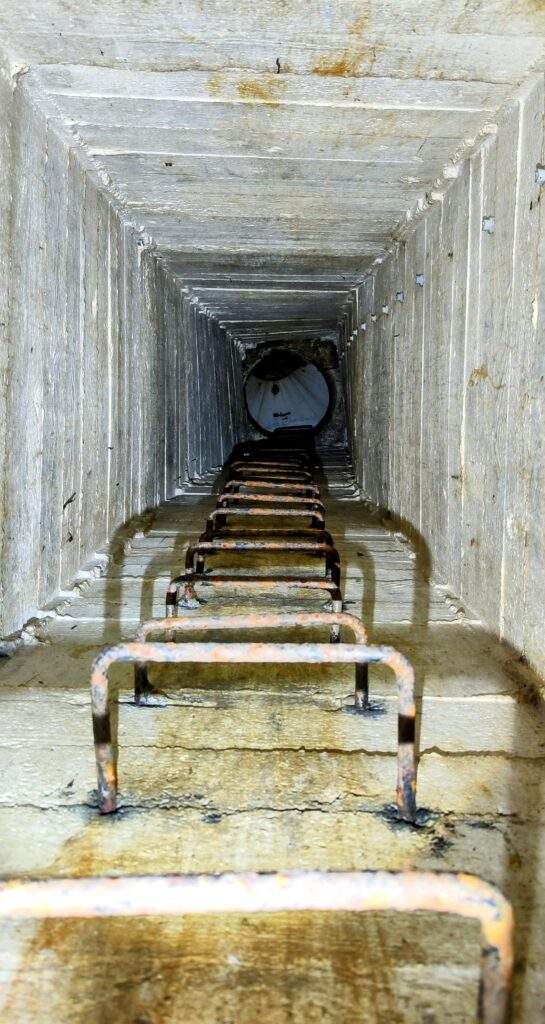
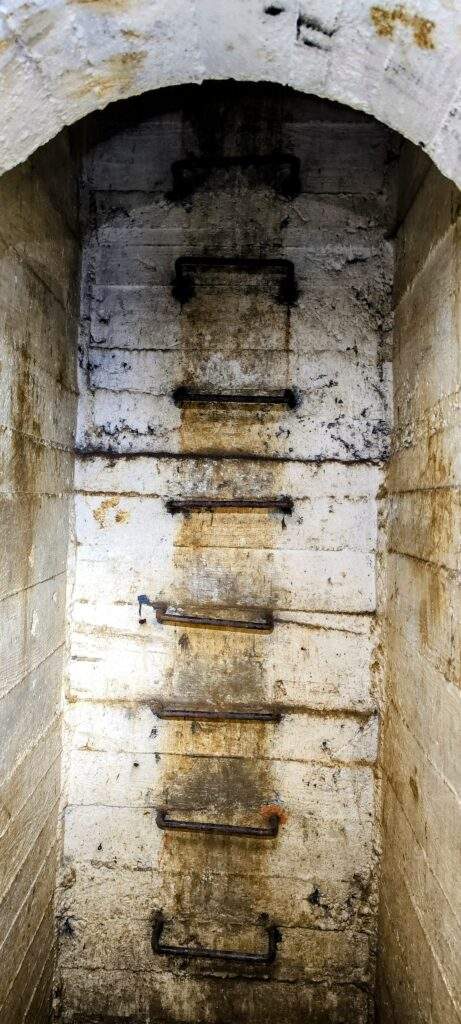
This bunker was built in the late 1940s or early 50s by Tito- the leader of Yugoslavia, in a strategic position with views over the flatlands towards Hungary. The bunker was built into a cliff face, and housed four Anti-aircraft guns, with beds for 24 soldiers.
During WWII, Hungary had been allied with Nazi Germany, and had occupied parts of Yugoslavia. Though relations between Hungary and Yugoslavia improved after the war, Hungary was closely allied to Stalin’s USSR. In 1948, the relationship between Tito (Yugoslavia) and Stalin (USSR) reached boiling point, and Tito’s Yugoslavia felt it had to be prepared for a potential attack from Hungary.
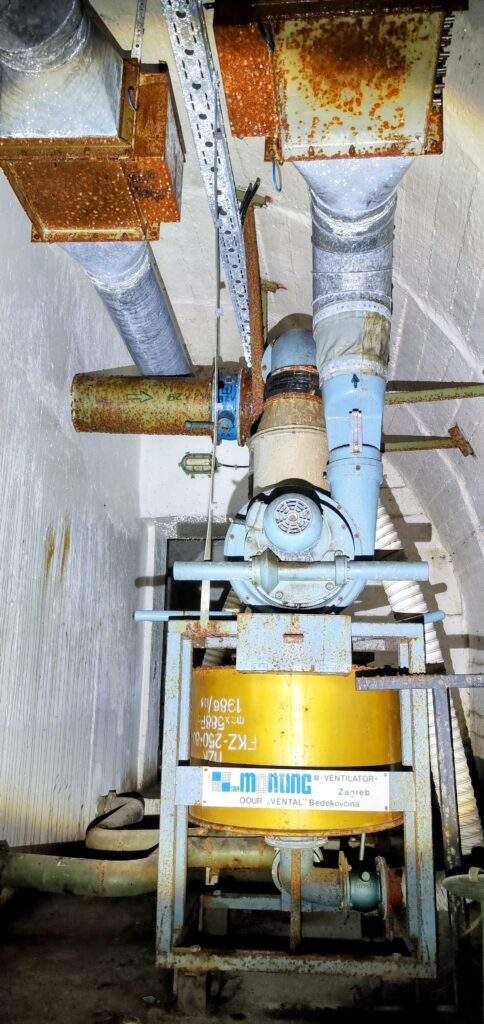
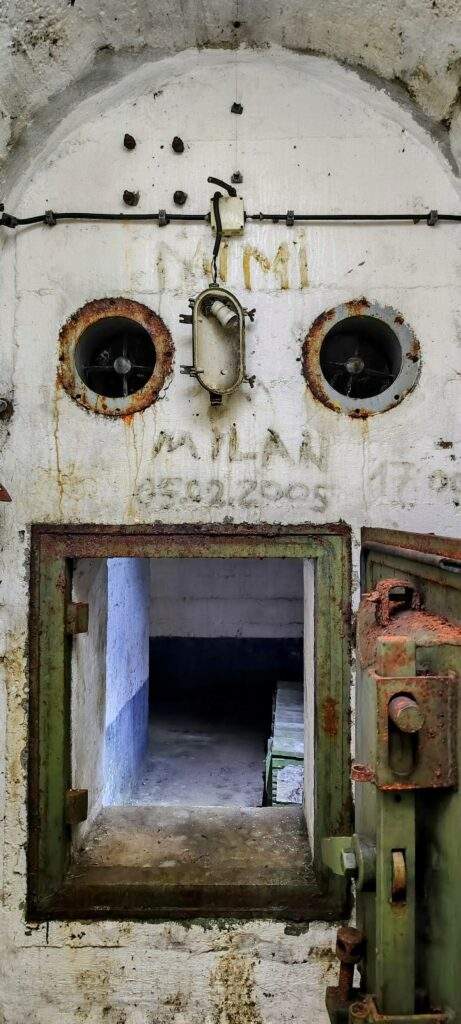
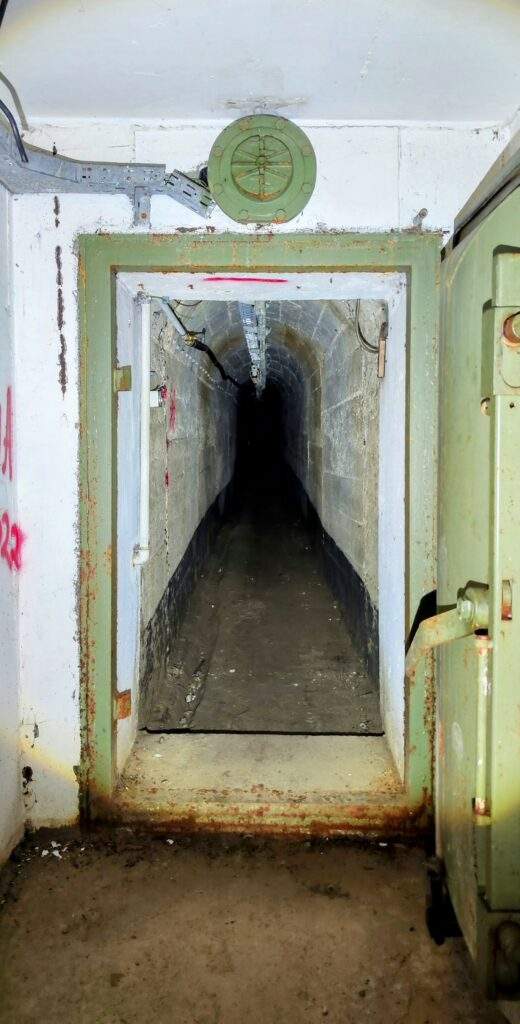
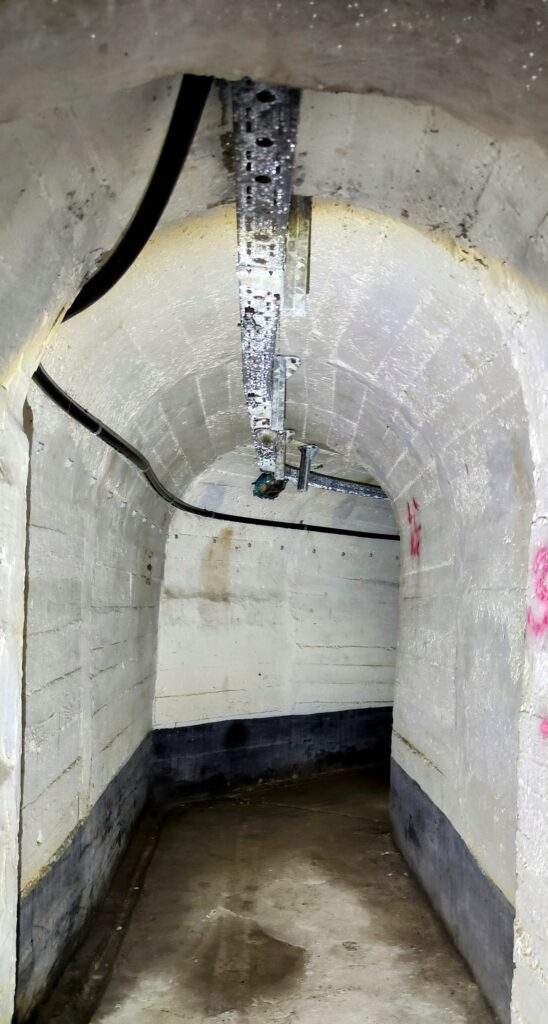

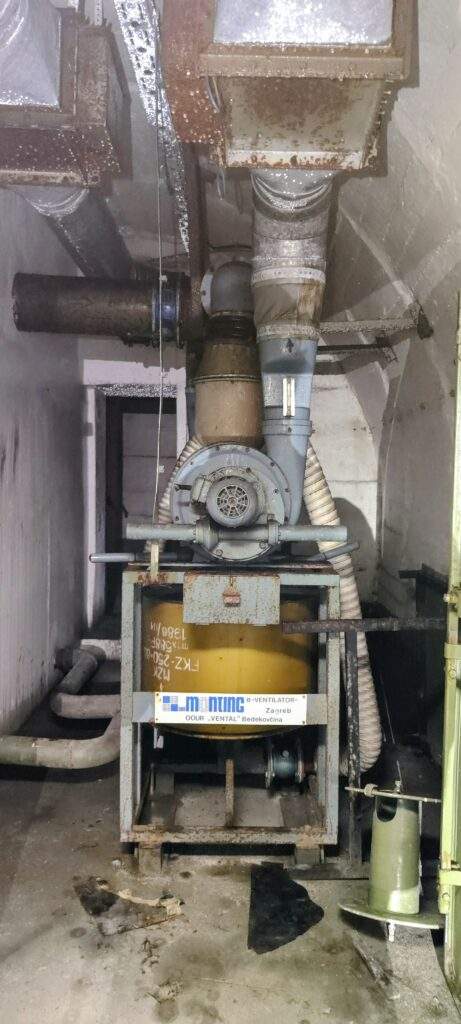
Once inside the bunker, a long corridor stretched out in front of us. The four Anti-aircraft positions were all a duplicate design- up a set of steps which led to a small corridor. Off to each side of the corridor was a small room, and at the end, a round room where the anti aircraft guns would have been.
Obviously these gun rooms would once have been open to the outside world, facing out of the cliff face, however in the 1970s the bunker was sealed with concrete to be airtight. During the late 1980s the bunker was updated again, modernised for use as a military command center and anti atomic bunker.
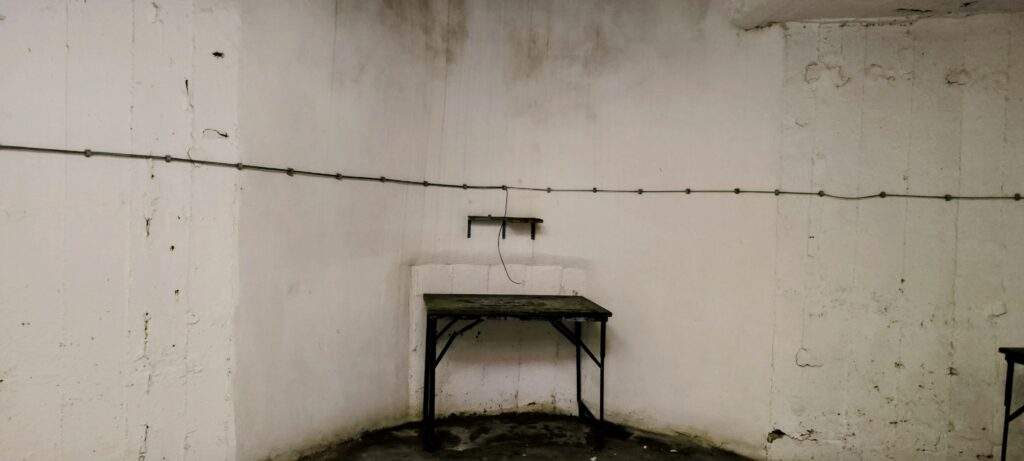
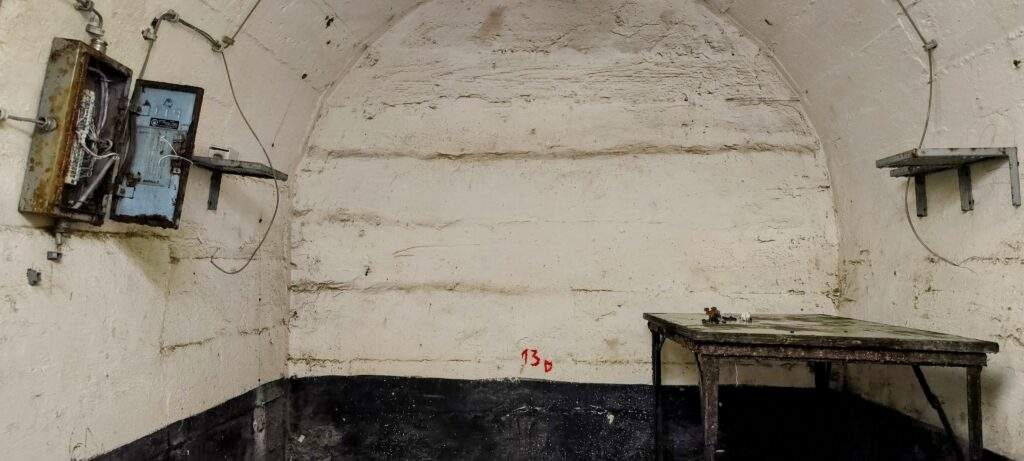
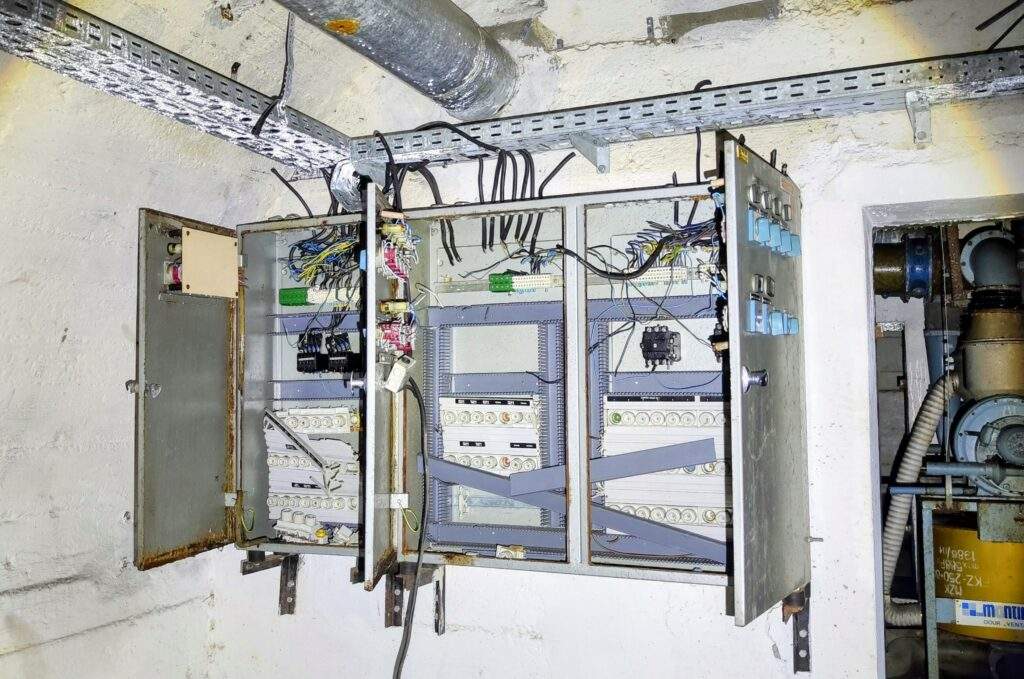
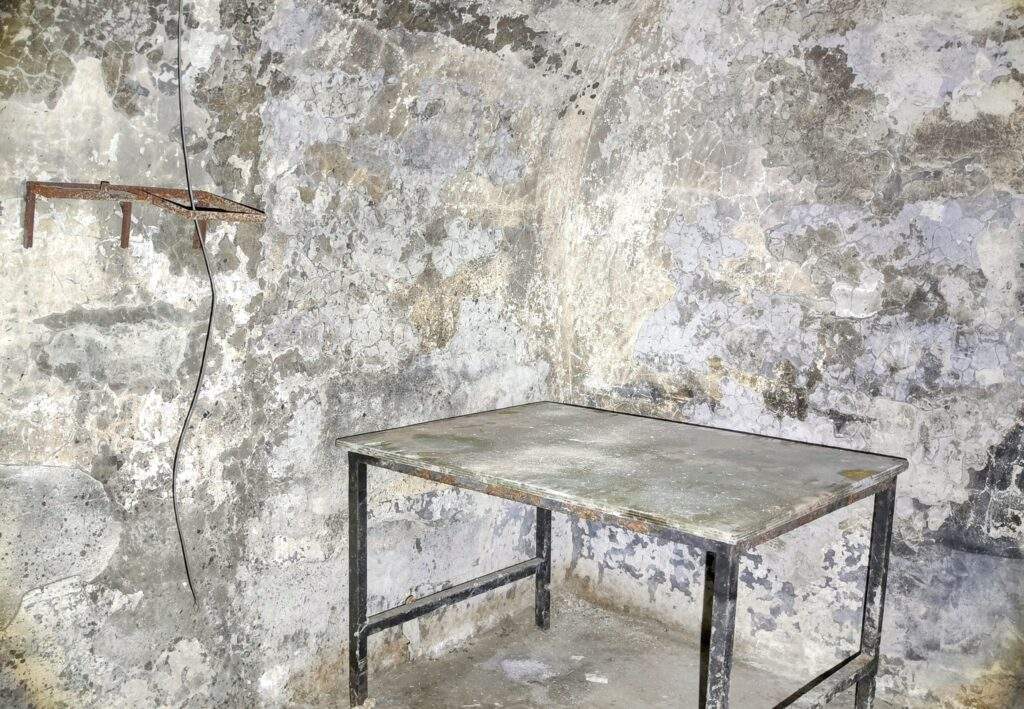
The bunker was huge, and further inside we came across an old generator, water tanks, toilets and showers. Thick, heavy blast doors separated different sections or corridors, and as we wandered through we found some large rooms laid out for meetings and planning.


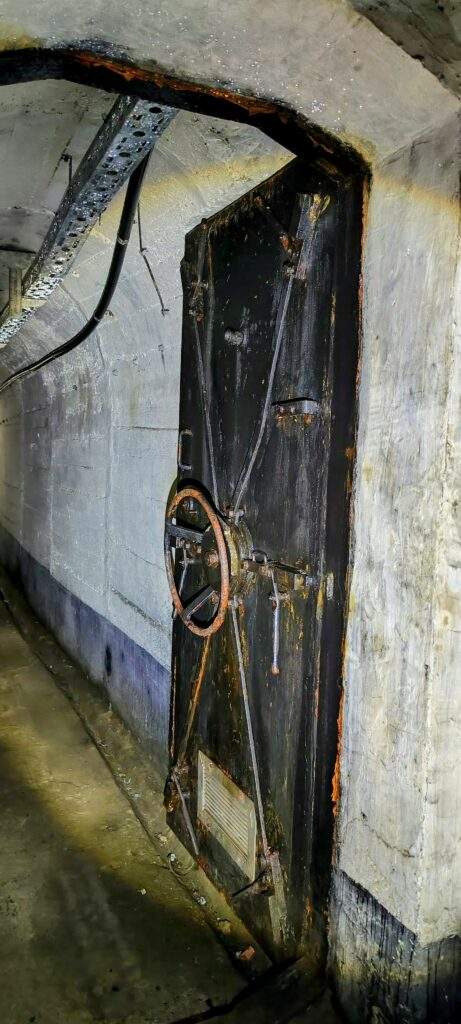
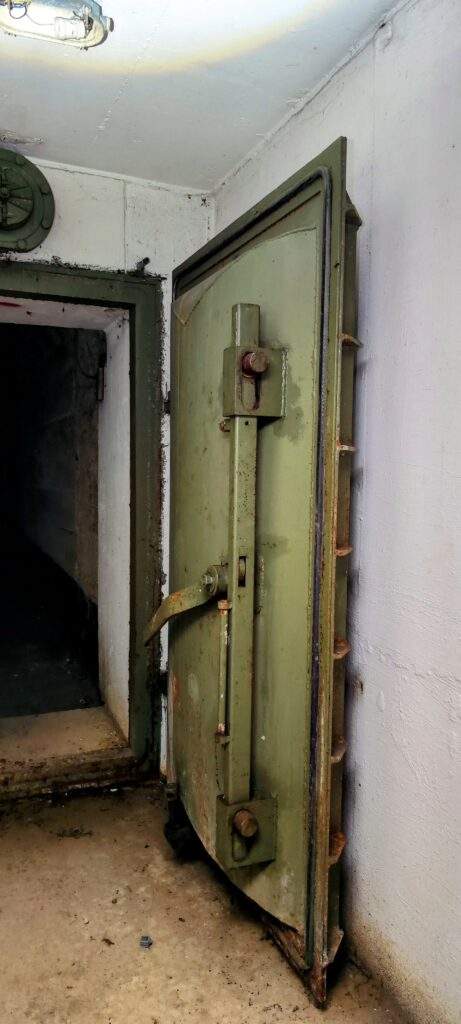
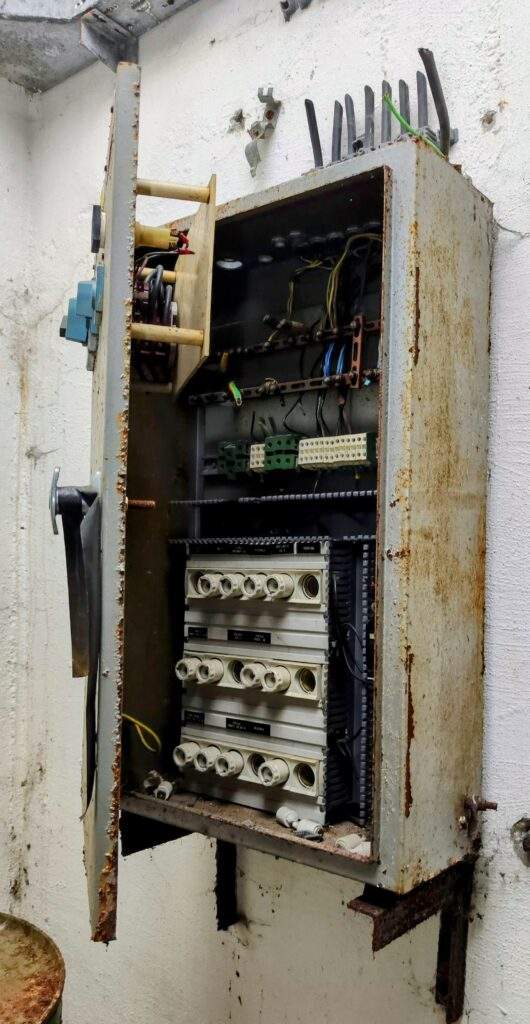
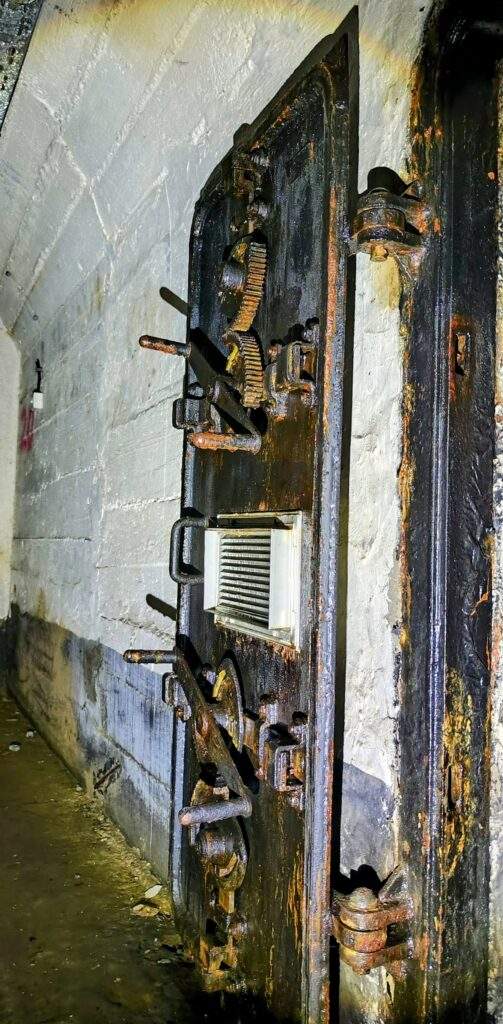
It was easy to get lost, with many parts of the bunker looking the same- whilst it wasn’t quite large enough to worry about not finding the exit, keeping track of where exactly we were was a challenge! Each corner turned, or doorway entered led to more to explore- crates, boxes, machinery, and ventilation systems.

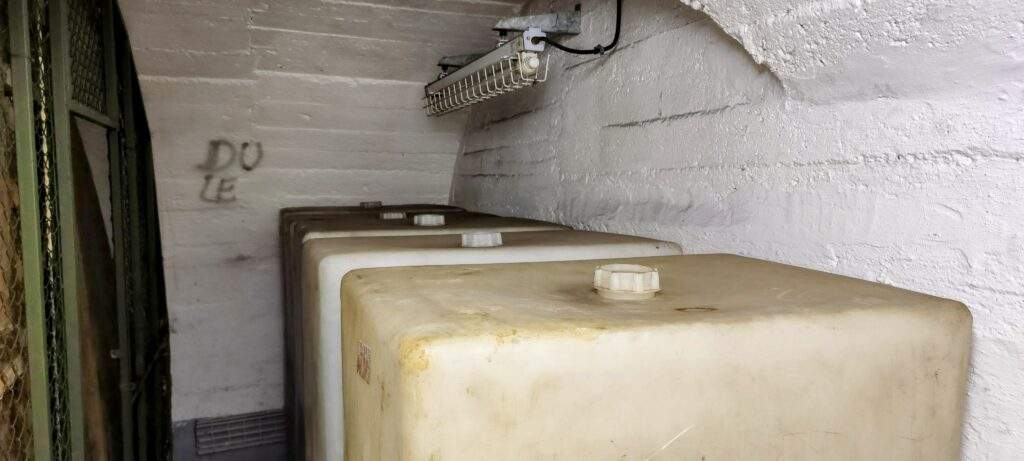
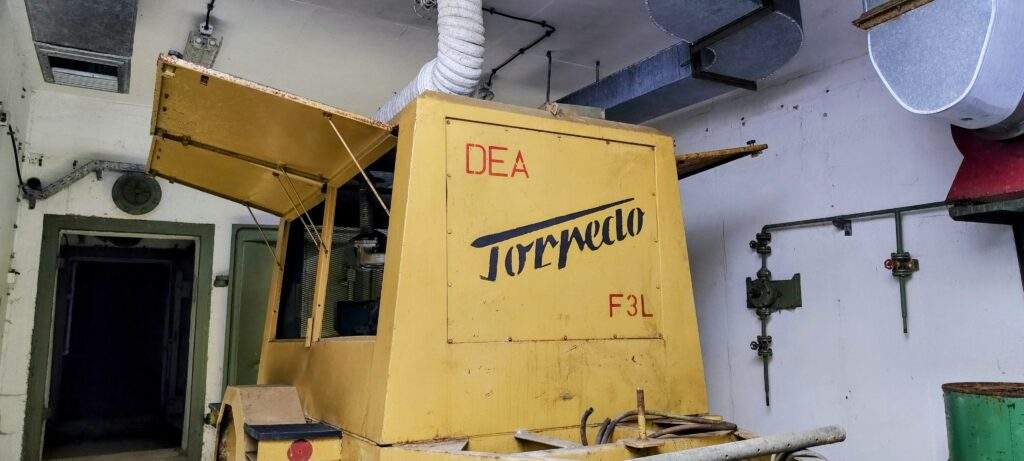
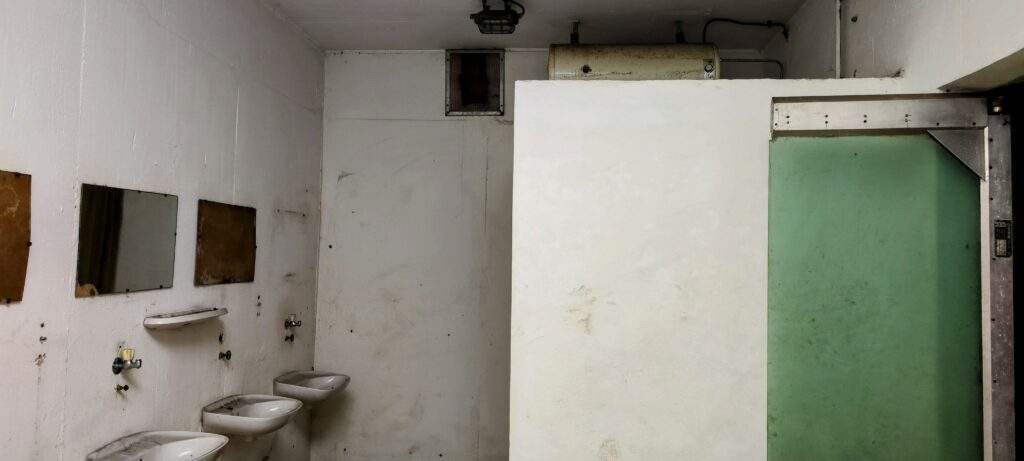
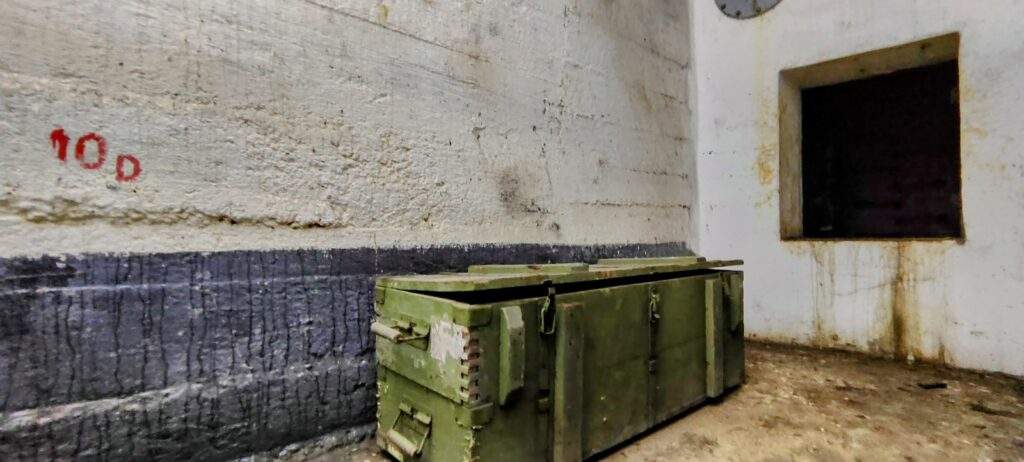
There are rumours that the military still monitor the bunker and have been known to clean up and visit occasionally. It was surprising that such an asset, which was in use until relatively recently, was accessible.There was little evidence that many others had visited this location. It was a fascinating place to explore, with a vivid modern history hidden in its depths.

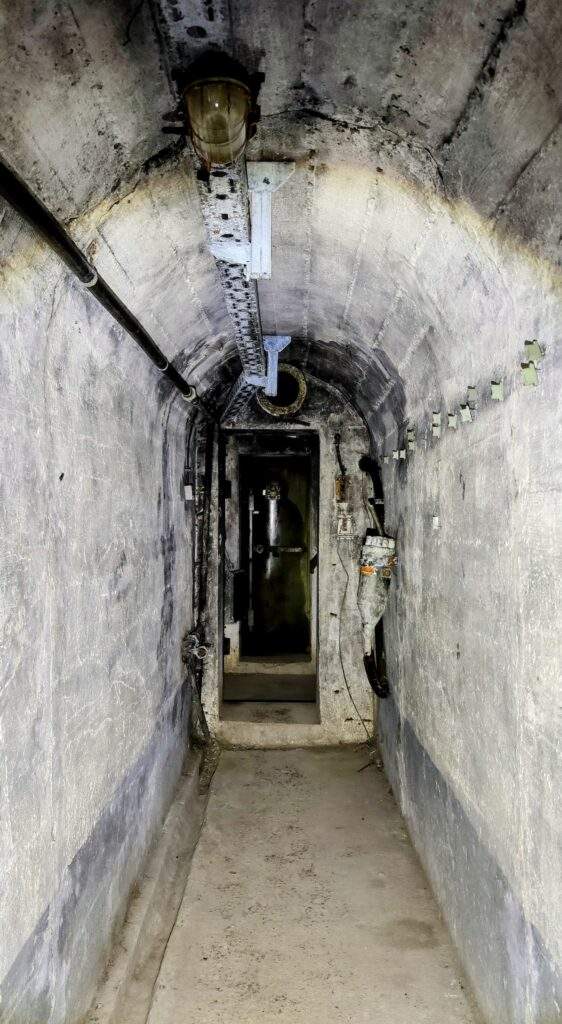
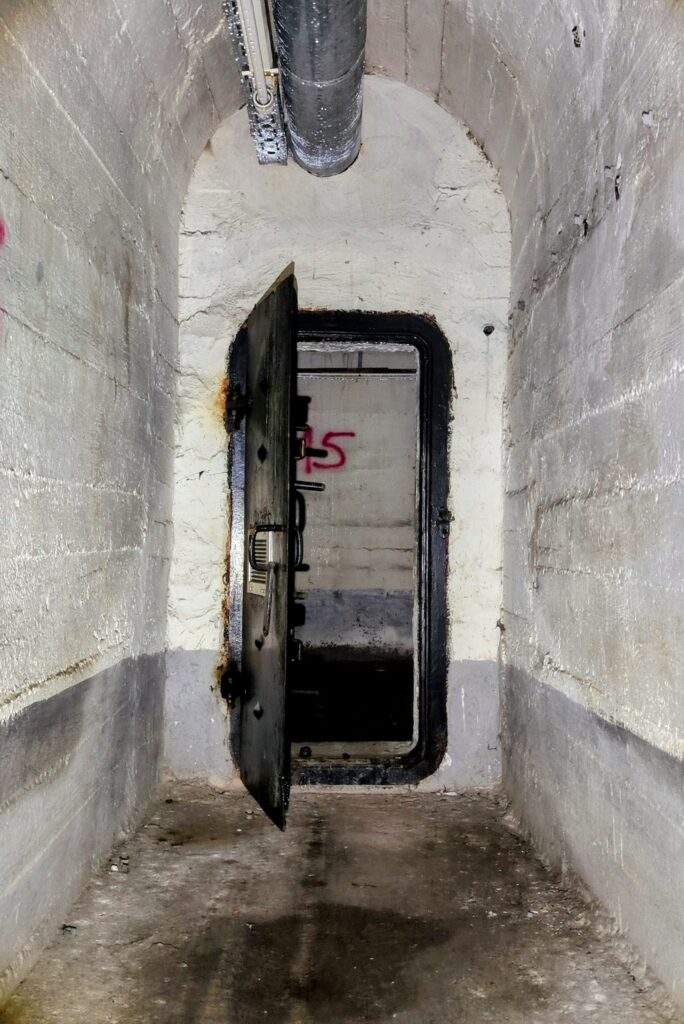
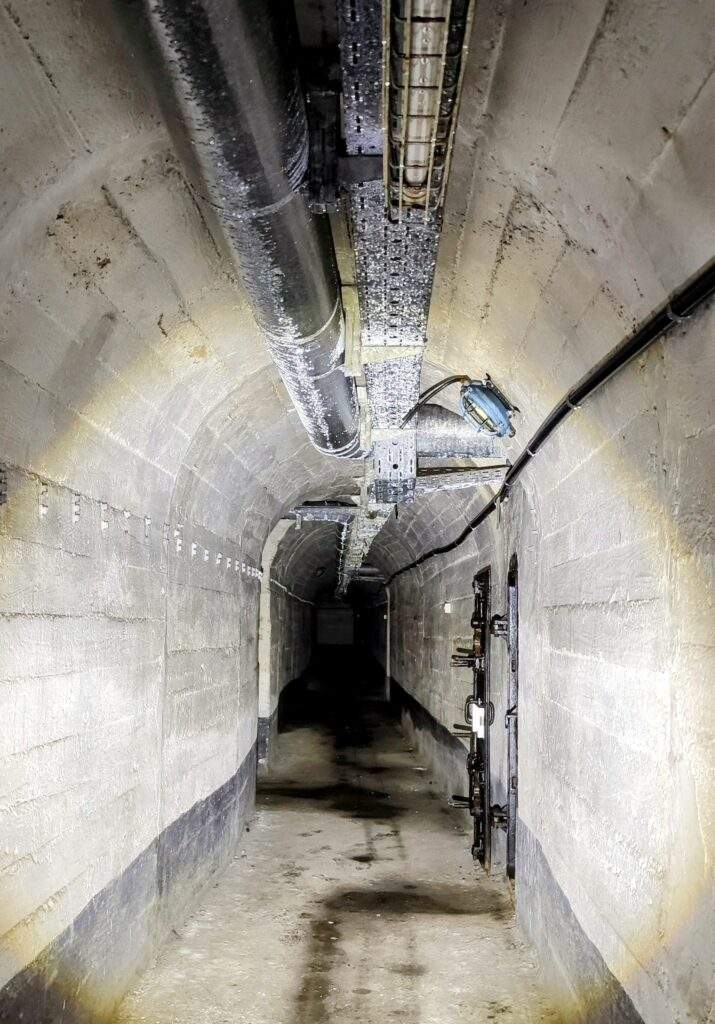
Last Updated on 20 January 2025 by Michael

